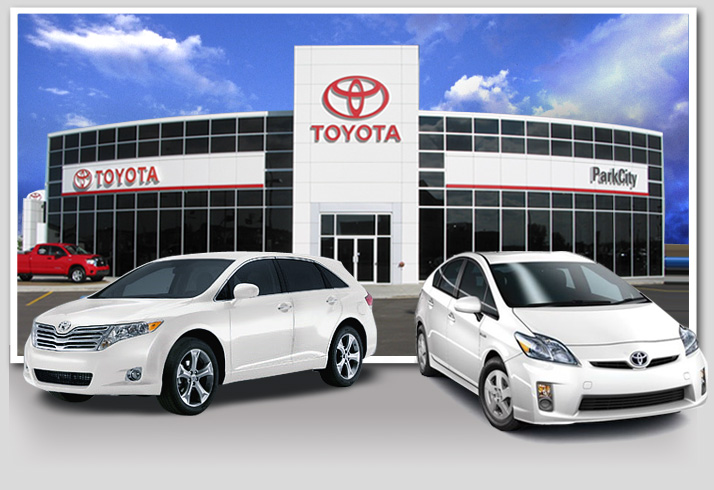Sources:
http://www.divinechocolateusa.com/About/story.aspx –(Devine Chocolate)
http://www.kuapakokoo.com/index.php?option=com_content&view=article&id=125:eradicationofchildlabour&catid=1:latest-news&Itemid=50 –(Kuapa Kokoo)
https://www.youtube.com/watch?v=M7Mij795KuU&feature=player_detailpage
Devine chocolate a leading Fair Trade brand in the UK. It gets its supply of cocoa from a South African cocoa farmers union named: Kuapa Kokoo. “Kuapa Kokoo – which means good cocoa growers – has a mission to empower farmers in their efforts to gain a dignified livelihood, to increase women’s participation in all of Kuapa’s activities, and to develop environmentally friendly cultivation of cocoa.”(Devine chocolate)
The Kuapa Kokoo is a great example of social enterprise, a term we leaned in comm 101 which is defined to be a business that generates profit by selling products or services for the sole purpose of bringing a positive social change.The farmers’ union is doing exactly that. Thus far, it has helped to build pump wells, schools, as well as providing various trainings to local farmers to provide them with alternative means of livelihood.
A large percentage of the world’s chocolate today is produced with child slave labour. By buying from Divine fair trade chocolate, consumers can ensure the route of supply and production is ethical. At the same time, each bar of Divine chocolate consumers buy contributes a part in improving the economic lives of coco farmers in South Africa.






